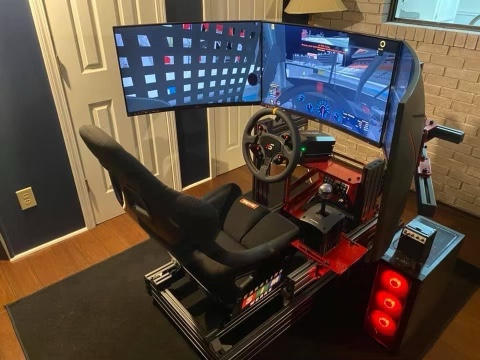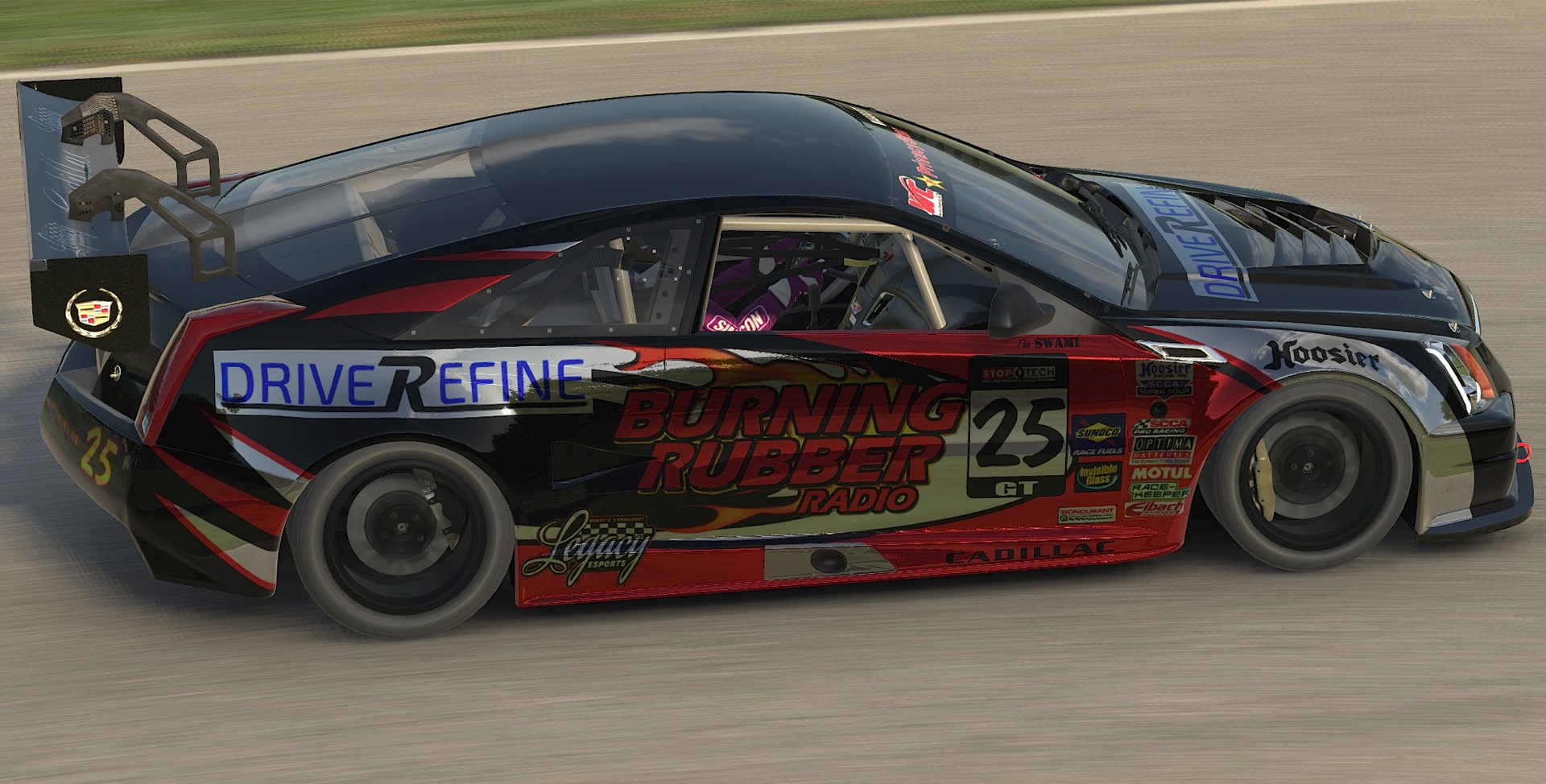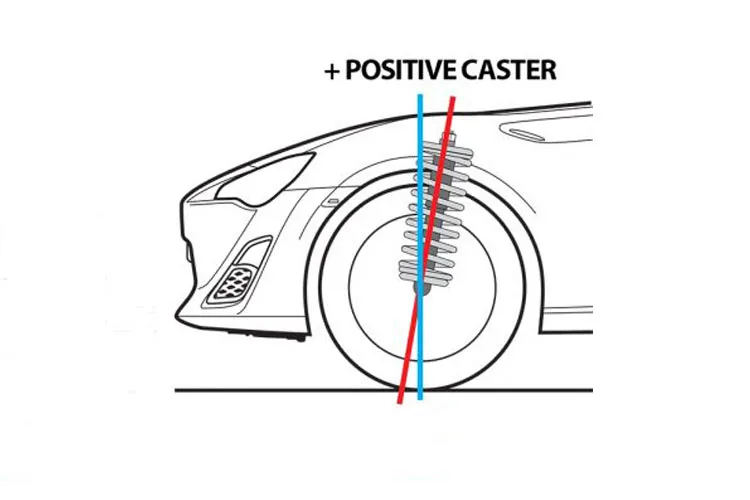What good is a tool if you don’t know how to use it? In our last article, part 2, we introduced the use of what we call the “physical points system” and how its applied to learning a new track. After you’ve followed the step-by-step process described in Part 1 of course. I’ll take a second to mention that again. This is part 3 of a 3-part series dedicated to learning a new track. If you haven’t read parts 1 & 2, you really should.
In part 3, we are going to discuss how to use that points system to maintain your pace, or even improve it, as the race day or weekend rolls on. Spoiler alert! It works almost the same way as described in part 2! The whole point of this system is that it allows you to make trackable changes, one at a time, that you can keep or discard during your run. So, if it’s the same, why are we dedicating an entire article to using this system? The simple answer is, the use of the points system changes during race conditions. Your tires are going to fall off and you may not have to make a pit stop. That means potentially no in-race adjustments. You have to use what you have! Here are some examples of what points to change first when dealing with certain handling characteristics or tire fall off.
1) Handling Characteristic: Tight in the Center
Over the course of a run, if your car is getting tighter and tighter in the center, off the brake, and off the throttle, there are a couple different things that you can try. The first point you should move is your entry point. Lift a little sooner or use more brake on your approach to the center. Remember to make it methodical. Base your adjustment off of the point that you have been using. If you were braking at the 2 marker, start braking between the 2 and the 3 instead. If it helps but you are still missing the center, back all the way up to the 3. Your spotter should tell you if backing your entry up puts you in any danger of being passed or nudged out of the way.
Let’s assume your spotter does tell you that you are now getting beat on entry and you need to adjust back to the 2.5 or 2 marker. If that’s the case, move your apex point farther around the corner so your entry arc opens up. Asking the car to make a wider turn will lower the stress on the front tires and hopefully help with the tight condition.
2) Handling Characteristic: Loose Off
The longer you run, the more sideways you feel leaving the corner. It can be made worse by picking up the throttle or by adding more steering input. Sometimes it can be difficult to pick which is making things worse. I typically start with moving my line around first. Applying our points system, I would first try to turn my center corner shape into a diamond so that my exit is lower and straighter. This can mean that you have to straighten up your entry arc and instead of hitting the bottom once, you are actually going to do it twice, or double apex. Your 2nd apex should be around the same place as your throttle pickup point. A straighter exit means less wheel input and hopefully a racecar that’s not as loose.
If the loose off condition is caused by the throttle, the first thing you can do is move your throttle pickup point farther around the corner. You can also pair this with adjusting your line as we already discussed. An important thing to remember. If you are going to pick up the throttle at a later point, try to increase your roll speed through the center, and maybe even your entry speed, to make up for the speed lost by waiting on the throttle. You can also manipulate your entry arc, just like you would if you were dealing with tight in the center. Less wheel input when you reaccelerate is the main goal.
3) Handling Characteristic: Tight Off
As you approach corner exit and begin to pick up the throttle, a tight off condition will make you feel like you are going to knock down the fence with the wheels turned to the left. Most of the time it takes lifting off the throttle or even hitting the brakes to stop the front tires from sliding. Try adjusting your line first. Like tight in the center, open your corner entry arc up and move your apex point to later in the center. This allows you to hold less wheel input when you pick the throttle up.
You can also adjust your throttle pick up point and move that to a later part of the exit as well. If this helps, you might have just been rushing back to the gas to begin with, so pay close attention to your lap times and feedback from your car.
Obviously, this is not a one size fits all solution to any handling problem. The lesson that I want you to take away from parts 2 and 3 is that you can make driver adjustments methodically. Its no different than the way that a good crew chief adjusts your car. Changes don’t get made randomly and they will always be based off of the baseline setup for that weekend. The physical points that you used to learn a new track or improve at a familiar one IS your baseline.



